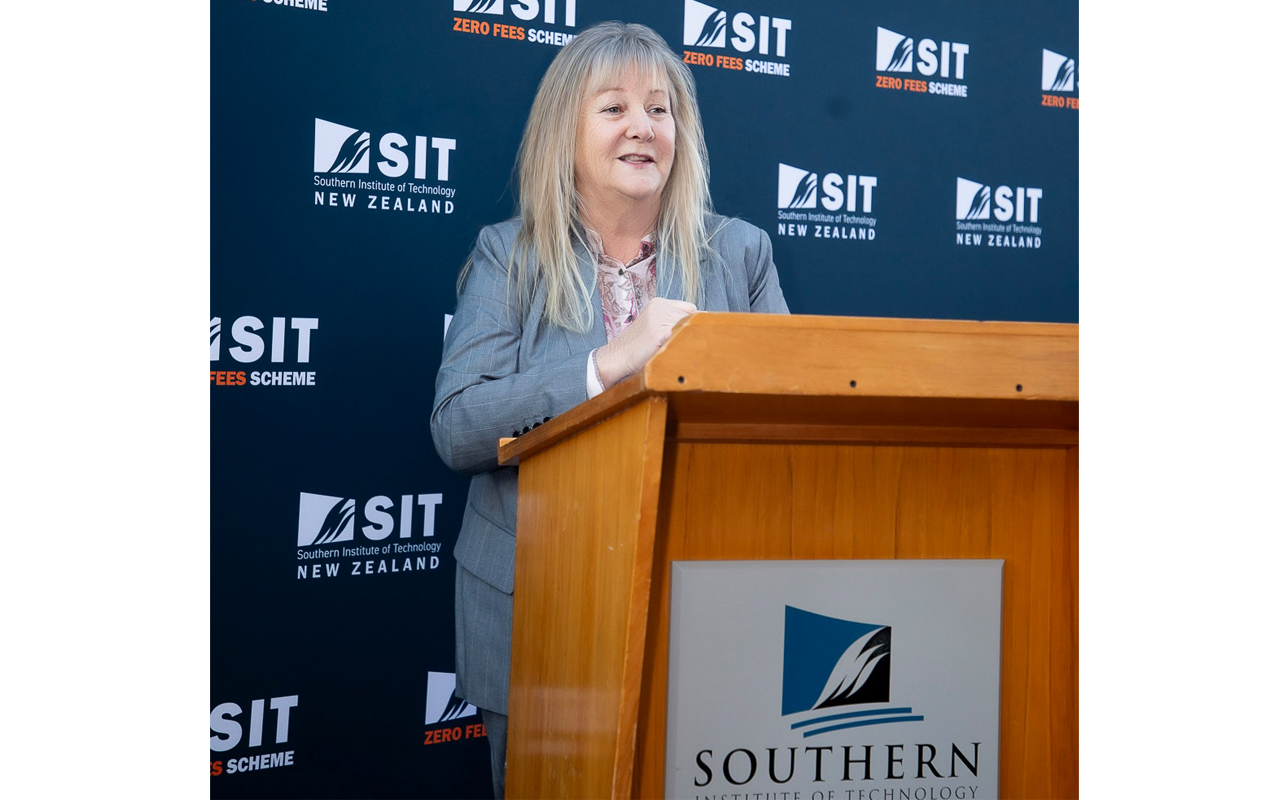SIT returns to regional governance
14 July 2025, 4:33 AM
 Invercargill MP Penny Simmonds. Photo: Supplied
Invercargill MP Penny Simmonds. Photo: SuppliedThe Southern Institute of Technology (SIT), including Telford campus, is one of ten institutes around the country to have regional decision-making restored from next year, Vocational Education Minister, Invercargill MP and former SIT chief executive Penny Simmonds said today (14 Jul).
SIT lost its local governance on 1st November 2022, when the then Labour government controversially amalgamated it as a division of the new Te Pūkenga – New Zealand Institute of Skills and Technology.
“Labour dismantled regionally-led vocational education – and now we are restoring it,” said Simmonds said.
“This is all about returning SIT to the people of Southland – to the students, the local businesses and the Southern industries who rely on and support our local polytechnic."
“It’s a great day for our city, and our province, with this return to regional decision-making bolstering strong economic growth across the Southland province."
“Locally led, regionally responsive, and future focused vocational education is at the heart of what will become this region’s on-going success story."
“If we are to grow our economy, provide Southland businesses with the staff that they need to expand, and ensure that SIT graduates secure the employment that they deserve, then locally-led decision making is the way of the future."
Simmonds said they had listened to extensive industry feedback and was confident the plan will set up the vocational education secto, both in the South and New Zealand, for long term economic growth and learning success.
SIT Operations Lead Daryl Haggerty said the community was strongly supportive of SIT’s goal to regain its autonomy, and had expressed it through written submissions, attending meetings and voicing their preference for an independent SIT during the VET consultation phase.
“The shift to autonomy is a momentous step forward,” Haggerty said.
“We’re thrilled to regain our independence, and we know our community and industries will welcome this announcement as much as we do."
"This milestone recognises the high quality of our institute and our staff, the dedication of our learners, and the strength of our links with our community, industry and iwi.”
Being independent will enable SIT to provide more opportunities to students, break down barriers, and deliver easier access to tertiary education through SIT’s iconic Zero Fees Scheme, its visionary HyFlex delivery mode, and its well-recognised, successful online SIT2LRN programmes.
“We now have greater flexibility to innovate, respond more directly to local needs, and preserve the unique identity that makes SIT so special,” he said.
The institute was also planning a campaign to strengthen its international partnerships and attract more overseas students to Southland to study at SIT and support the local workforce as skilled graduates.
The ten polytechnics returning to regional governance are the Southern Institute of Technology (SIT), Ara Institute of Canterbury (Ara), Eastern Institute of Technology (EIT), Nelson Marlborough Institute of Technology (NMIT), Toi Ohomai Institute of Technology, Waikato Institute of Technology (Wintec), Unitec Institute of Technology (Unitec) and Manukau Institute of Technology (MIT), which will stand up as a single entity, Otago Polytechnic, Universal College of Learning (UCOL) and The Open Polytechnic of New Zealand.